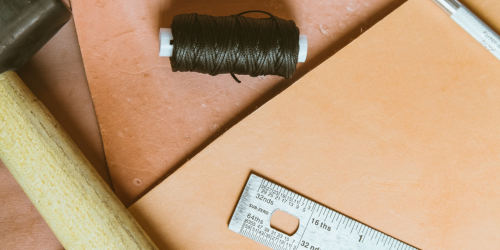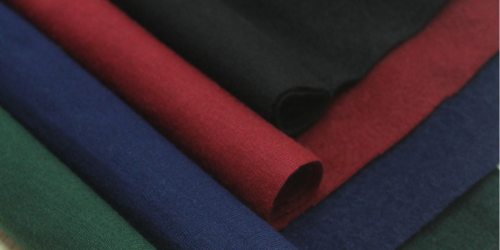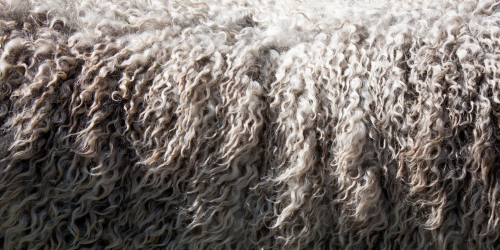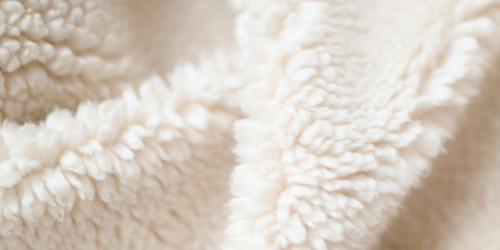Skiing is an exhilarating sport, but it's not all about the skis and snowboards. The gear you choose, especially your ski gloves, whether traditional, heated, or mittens, plays a significant role in determining your overall experience on the slopes. Ski mittens offer great warmth and selecting the right material for your mittens can make the difference between a memorable day on the mountain and an uncomfortable one filled with cold, wet hands. This article will guide you through the importance of choosing the right ski mitten material and will provide a detailed comparison of various materials available in the market.

The importance of choosing the right ski mitten material cannot be overstated. A well-insulated mitten ensures superior warmth, breathability, and comfort, without restricting movement. Moreover, the durability of a ski mitten is largely determined by its material and the quality of stitching. Having the right glove is critical, not only for keeping your hands warm but also for maintaining functionality and dexterity during your skiing adventure.
Among the variety of materials available, let’s delve into some of the most commonly used ones: leather, synthetic materials, wool, and fleece.

Leather
Known for its durability and flexibility, leather ski gloves often offer more dexterity than their synthetic counterparts, which can sometimes feel stiffer. However, they may require more maintenance to keep them waterproof over time.
Leather, particularly from cowhide or goatskin, is tough and resistant to wear and tear, making it an excellent material for ski mittens. As a natural material, leather conforms to the shape of your hands over time, resulting in a personalized fit. This fit improves your grip and control, crucial factors when handling ski poles and equipment. Furthermore, leather has a high level of natural water resistance, providing a dry environment for your hands in snowy conditions.

Care for leather ski mittens revolves around occasional cleaning and frequent waterproofing. This is achieved by applying specific leather-care products to maintain the material's integrity and prevent it from drying out and becoming brittle. Remember to avoid high heat when drying leather mittens as it can cause the leather to stiffen or crack.
Despite the need for somewhat regular maintenance, the luxurious feel, optimal comfort, and superior durability of leather ski mittens make them a favorite choice among many skiing enthusiasts. It's important to note, however, that the quality of leather can significantly impact the price, with high-end leather mittens being among the most expensive options on the market.

Synthetic Materials
Most downhill ski and snowboard gloves and mittens are made with synthetic exteriors. These materials are typically easier to care for than leather, offering good insulation and water resistance. Their quality, however, can vary significantly.
Synthetic materials, such as nylon and polyester, are often used in the construction of ski mittens due to their durability and ease of care. Nylon, known for its exceptional strength and resilience, provides excellent protection against abrasion, making it an ideal choice for the rough-and-tumble environment of the slopes. Polyester, on the other hand, is renowned for its ability to resist water and retain heat, even in the coldest conditions.
These materials are typically used in conjunction with a waterproof and breathable membrane, such as Gore-Tex or eVent. This membrane allows perspiration to escape while preventing moisture from penetrating the mitten, ensuring your hands stay dry and comfortable throughout your skiing adventure.

Synthetic ski mittens often incorporate insulation made from materials like PrimaLoft or Thinsulate. These synthetic insulations are lightweight, breathable, and offer excellent warmth-to-weight ratios. They also retain their insulating properties even when wet, which is a significant advantage in snowy conditions.
The ease of care for synthetic materials is another key advantage. Unlike leather, synthetic materials do not require frequent conditioning. They can often be machine-washed and dried, making them a practical choice for regular skiers.
In terms of cost, ski mittens made from synthetic materials are generally more affordable than their leather counterparts. However, it's important to note that the performance and durability of synthetic materials can vary greatly, making it essential to choose a reputable brand and quality product. Despite the potential variability, ski mittens made with synthetic materials can offer excellent performance, durability, and value for money.

Wool
Wool mittens are praised for their superior warmth. They're naturally breathable and able to wick moisture away from the skin, keeping your hands dry. However, they may fall short when it comes to water resistance and durability compared to leather or synthetic materials.
Wool is a material that has been utilized for centuries due to its excellent insulating properties. The unique structure of wool fibers allows them to trap and retain heat effectively, making wool mittens an excellent choice for those seeking superior warmth on the slopes. Wool is also naturally resistant to odor and able to regulate temperature, providing a comfortable environment for your hands in varying weather conditions.
One of the most significant advantages of wool is its ability to wick moisture away from the skin. This property ensures that even if your hands sweat while skiing, the moisture will be moved away from your skin, keeping your hands dry and comfortable. Furthermore, wool retains its insulating properties even when wet, unlike some other materials.

However, while wool does offer several benefits, it also has a few drawbacks when used as a material for ski mittens. One of the most notable is the lack of water resistance. Unlike synthetic materials or leather, wool can absorb water, which can make your mittens feel heavy and damp in snowy or wet conditions. Additionally, wool mittens may not be as durable as options made from leather or synthetic materials, and they can wear out more quickly with heavy use.
To combat these issues, many manufacturers combine wool with synthetic fibers to create a mitten that offers the warmth and comfort of wool, with the water resistance and durability of synthetic materials. These blended mittens can provide a good balance of warmth, comfort, and durability, making them a popular choice for many skiers.
When it comes to care, wool mittens require a bit more attention compared to their synthetic counterparts. They usually need to be hand-washed and air-dried to maintain their shape and insulating properties. However, the extra effort can be well worth it for the unparalleled warmth and comfort that wool provides.
Wool ski mittens can vary significantly in price, depending on the quality of the wool and the other materials used in the mitten's construction. While they may not be the most cost-effective choice, for those who prioritize warmth and comfort, wool ski mittens can be a worthwhile investment.

Fleece
Fleece is another popular choice for ski mittens due to its exceptional warmth and soft feel. This material provides excellent insulation and is highly breathable, making it perfect for those who tend to have sweaty hands. Additionally, fleece dries quickly, ensuring your hands stay dry even after a day of intense skiing.
However, it's worth noting that while fleece gloves are warm, they are not typically waterproof. Therefore, they may not be the best choice if you'll be skiing in wet conditions. Some ski mittens use fleece as an inner lining combined with a waterproof outer shell, offering the warmth of fleece with the water resistance of other materials.

The cost of fleece ski mittens varies widely based on the quality of the fleece and any additional features, such as a waterproof outer shell or added insulation. While basic fleece mittens can be quite affordable, higher-end options with advanced features can be on the pricier side. Despite this, the exceptional warmth and comfort offered by fleece make it a great value for the money. Even though they might not be the cheapest option on the market, their performance in cold conditions could make them a worthwhile investment for many skiers.
In conclusion, there's no one-size-fits-all when it comes to the best material for ski mittens. It depends on your specific needs and the conditions in which you'll be skiing. Remember, the right mitten material should offer a balance of warmth, durability, water resistance, and dexterity. Whether you prefer the natural warmth of wool, the durability of leather, or the water resistance of synthetic materials, ensuring your hands are warm and comfortable will undoubtedly enhance your overall skiing experience.









